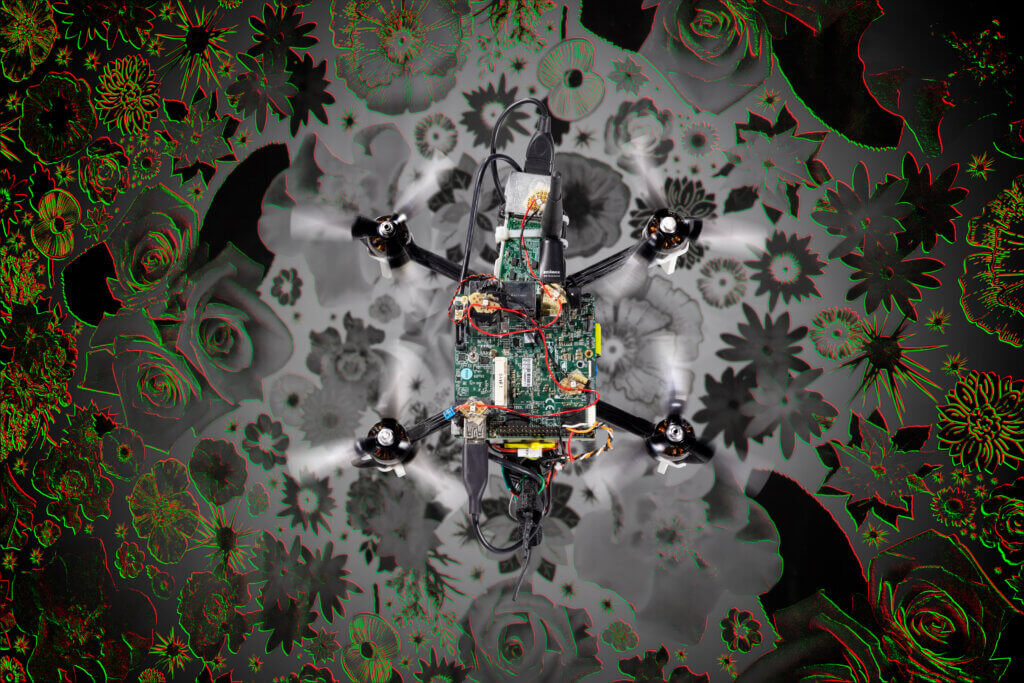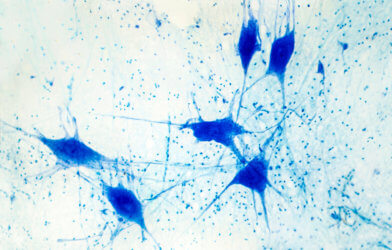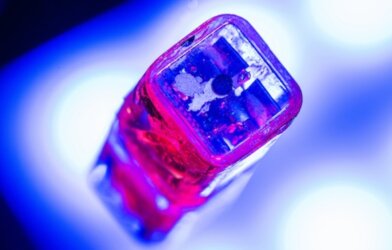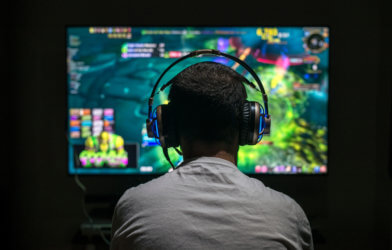A revolutionary drone has been created that flies autonomously using a brain-like control system. Developed by a team of researchers at Delft University of Technology and published in the journal Science Robotics, this innovative approach, known as neuromorphic AI, mimics the way animal brains process information and could pave the way for tiny, agile drones that rival the abilities of flying insects or birds.
Most AI systems today rely on deep neural networks, which require substantial computing power and energy to run. The processors used for these networks, called Graphics Processing Units (GPUs), consume a lot of power, making them impractical for small robots like drones that have limited battery capacity.
In contrast, animal brains process information in a much more efficient manner. Neurons in the brain communicate through electrical pulses called spikes, and they only send these spikes when necessary, leading to a sparse, energy-saving form of processing.
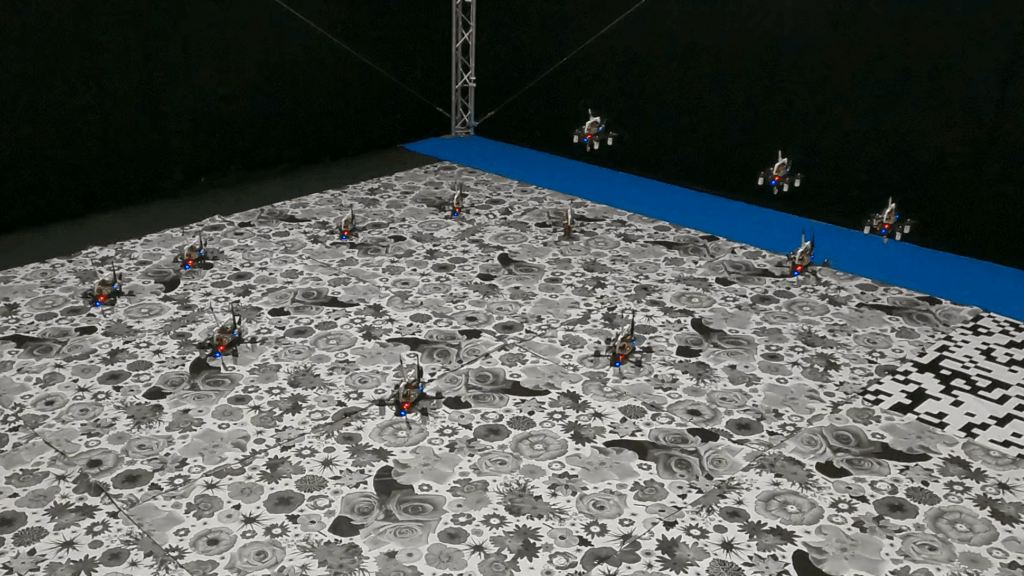
Inspired by these principles, scientists are developing neuromorphic processors that can run spiking neural networks, promising faster and more energy-efficient AI.
“The calculations performed by spiking neural networks are much simpler than those in standard deep neural networks,” says study co-author Jesse Hagenaars, doctoral candidate at Delft University of Technology in the Netherlands. “Whereas digital spiking neurons only need to add integers, standard neurons have to multiply and add floating point numbers. This makes spiking neural networks quicker and more energy efficient.”
The Delft University team took this concept a step further by combining neuromorphic processors with neuromorphic sensors, like cameras that mimic the way the eye perceives motion. These cameras are more energy-efficient and can function well in both dark and bright environments, making them ideal for drones.
Researchers developed a spiking neural network that processes signals from a neuromorphic camera and outputs control commands for the drone’s movement. They deployed this network on Intel’s Loihi neuromorphic research chip, enabling the drone to perceive and control its own motion in all directions.
“We faced many challenges,” notes study co-author Federico Paredes-Vallés, researcher at Delft University of Technology. “But the hardest one was to imagine how we could train a spiking neural network so that training would be both sufficiently fast and the trained network would function well on the real robot.”
The team’s innovative approach paid off, as the drone demonstrated the ability to fly at different speeds under varying light conditions, even with flickering lights that would typically confuse a standard camera.
The performance gains from using neuromorphic AI are impressive. The spiking neural network runs between 274 and 1,600 times per second on the neuromorphic chip, compared to just 25 times per second on a small, embedded GPU. Moreover, the neuromorphic chip consumes only 7 milliwatts of power to run the network, while the GPU consumes 2 watts.
“The neuromorphic approach results in AI that runs faster and more efficiently, allowing deployment on much smaller autonomous robots,” explains Stein Stroobants, doctoral candidate in the field of neuromorphic drones at Delft University.
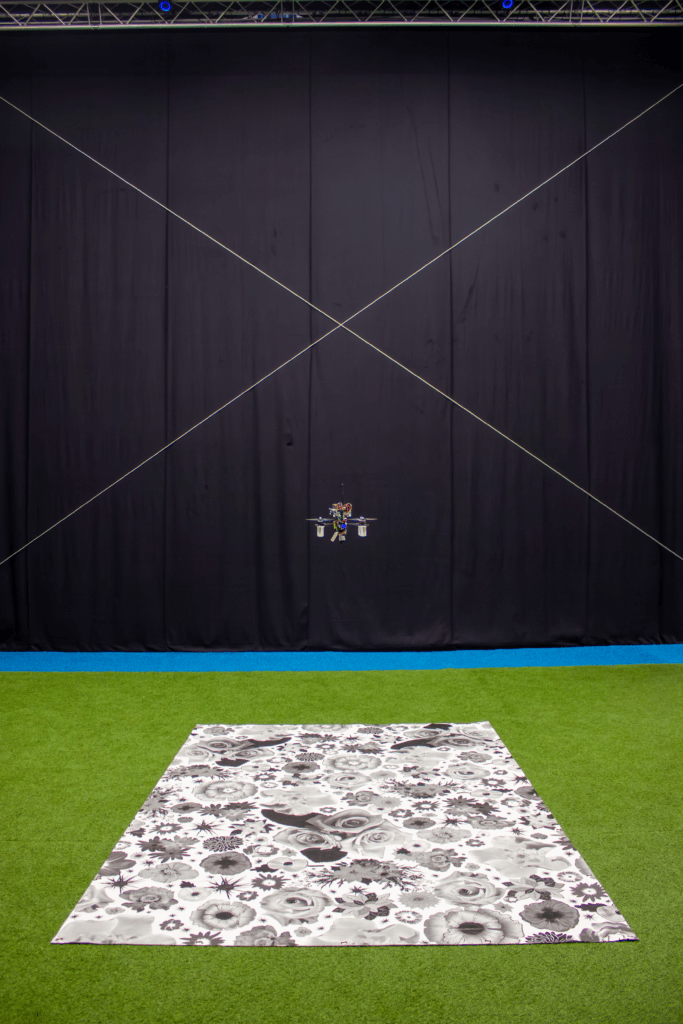
The potential applications for this technology are vast, from monitoring crops in greenhouses to tracking inventory in warehouses. Professor Guido de Croon, who leads the bio-inspired drones research at Delft University, believes that neuromorphic AI will enable all autonomous robots to be more intelligent, but it is especially crucial for tiny drones.
“The advantages of tiny drones are that they are very safe and can navigate in narrow environments like in between ranges of tomato plants. Moreover, they can be very cheap, so that they can be deployed in swarms,” concludes de Croon. “This is useful for more quickly covering an area, as we have shown in exploration and gas source localization settings.”
